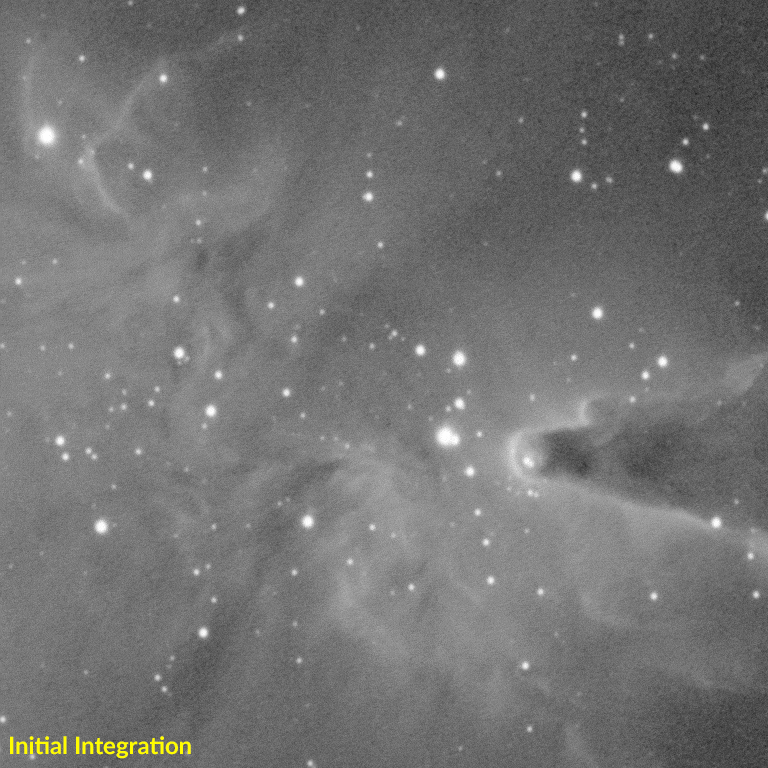Fellow Astrophotographers,
until recently I was under the impression that drizzle other than 1x is only useful for gaining a bit of detail on under sampled data.
Few months ago russell croman released his free to use mtf-analyzer https://www.rc-astro.com/mtf-analyzer/ and also an article on why drizzle and deconvolution makes a great combo in image processing.
As I would love to create pictures with the best possible resolution, while at the same time only owning a midsized refractor, I am now wanting to know what this implies for me as an astrophotographer.
1. is drizzle a good substitute for focal length and where are the limitations?
2. how much longer would one need to expose to get the same snr? 4x as long for a 2x drizzle? and what if I just resize the picture after stacking to get back to the initial pixel count. Does that give me back snr without loosing me the gained resolution?
3. when and how are you use or plan to use drizzle in your workflow?
I know there is already a lot of information available but as with a lot of things in astrophotography, everybody tells a slightly different story.
cs
Andi
until recently I was under the impression that drizzle other than 1x is only useful for gaining a bit of detail on under sampled data.
Few months ago russell croman released his free to use mtf-analyzer https://www.rc-astro.com/mtf-analyzer/ and also an article on why drizzle and deconvolution makes a great combo in image processing.
As I would love to create pictures with the best possible resolution, while at the same time only owning a midsized refractor, I am now wanting to know what this implies for me as an astrophotographer.
1. is drizzle a good substitute for focal length and where are the limitations?
2. how much longer would one need to expose to get the same snr? 4x as long for a 2x drizzle? and what if I just resize the picture after stacking to get back to the initial pixel count. Does that give me back snr without loosing me the gained resolution?
3. when and how are you use or plan to use drizzle in your workflow?
I know there is already a lot of information available but as with a lot of things in astrophotography, everybody tells a slightly different story.
cs
Andi
